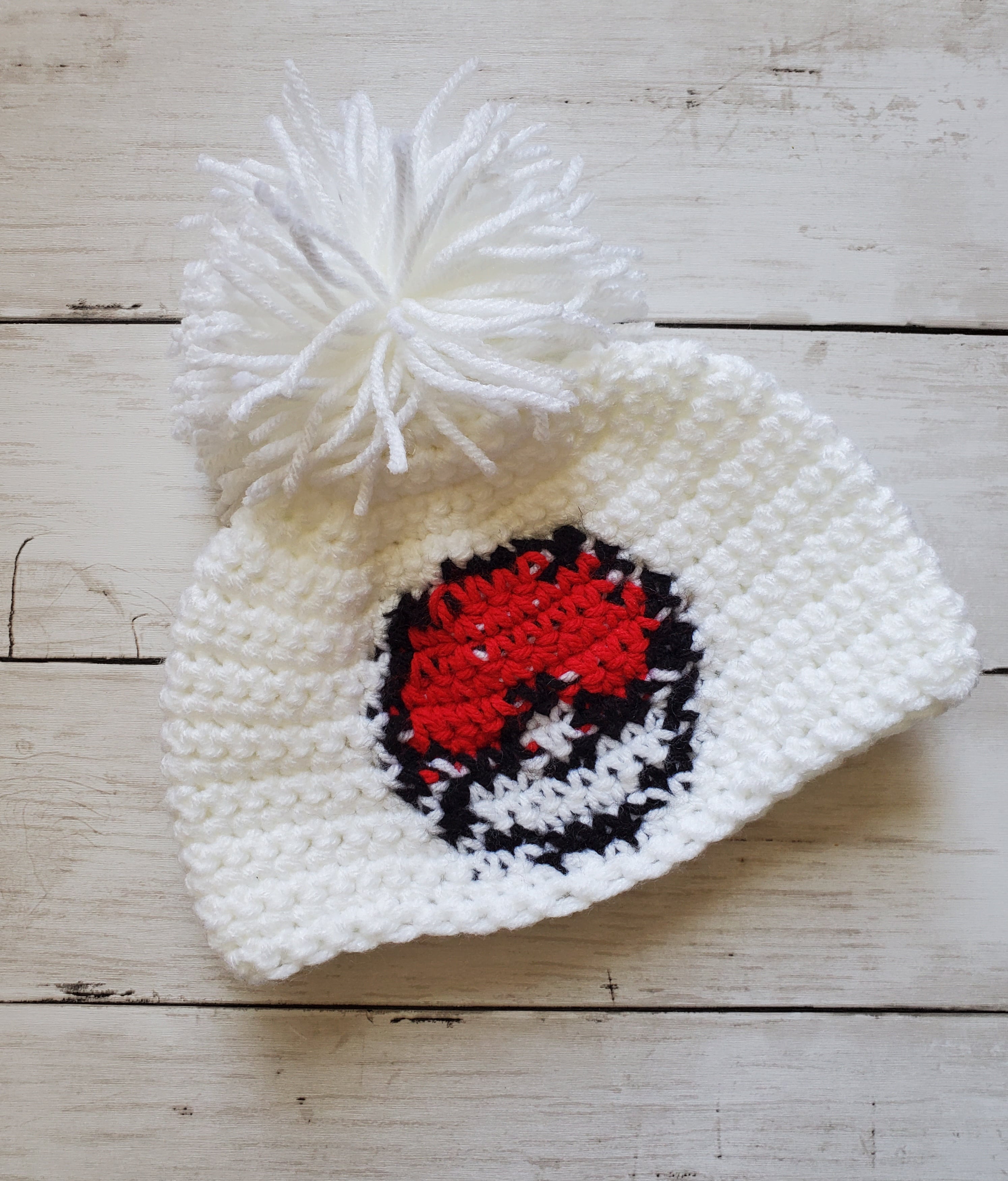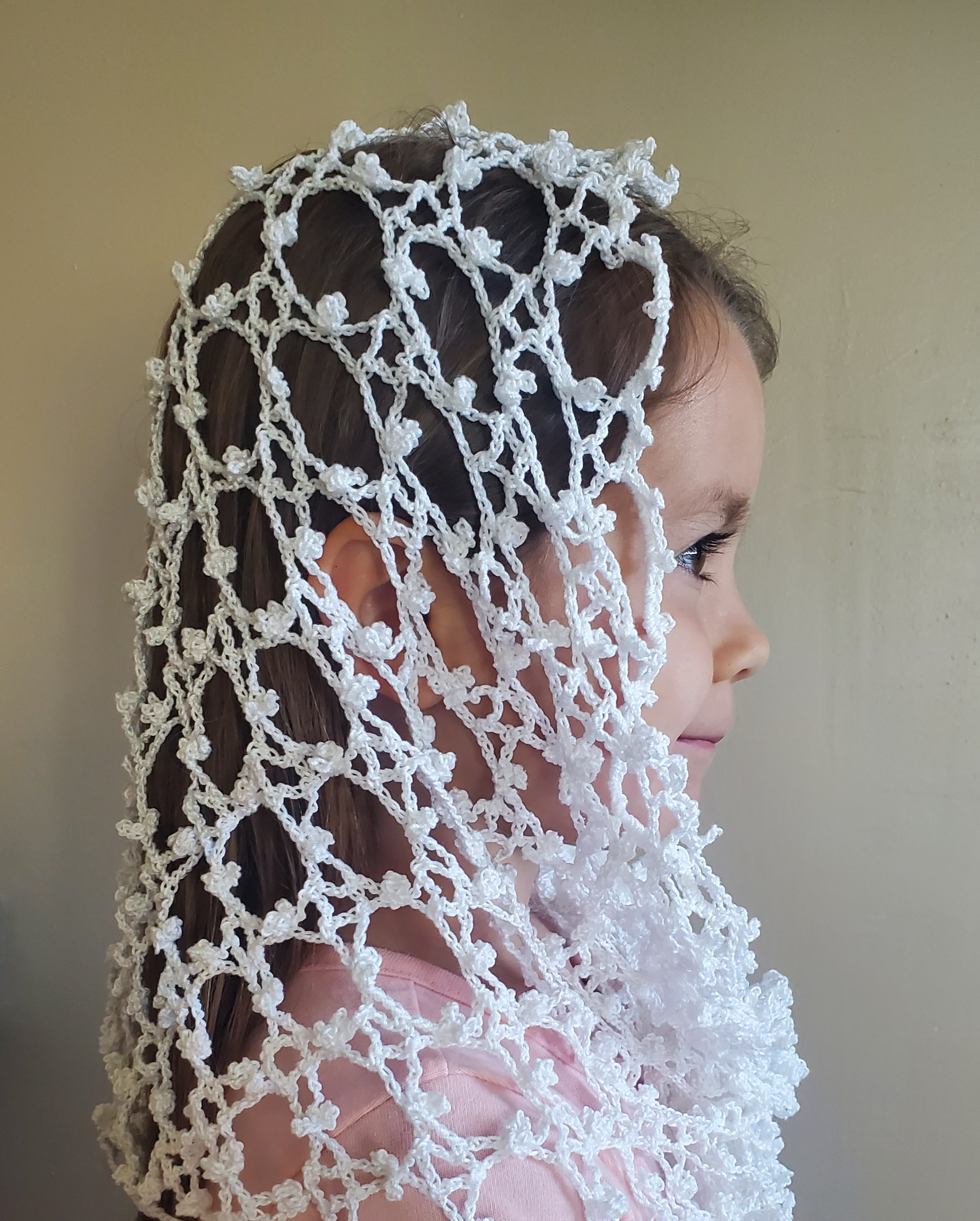Crochet Blissful Bookmark – Free Pattern
Hello everyone! Today I have a wonderful crochet pattern for you. I’m calling this the Blissful Crochet Bookmark pattern! It’s a beautiful and functional crochet pattern.
If you’re a book lover like me, you know the joy you feel when reading a good story. And what better way to mark your place than with a handmade crochet bookmark! Or better yet, gift it to a friend who loves books!
I’m also so in love with the color of the crochet threads I’ve used for this bookmark. The purple color is called Antique from Artiste and wow, it really does have a vintage-inspired hue, giving any crochet project an elegant and nostalgic touch. The tan one is Natural from Red Heart.
I couldn’t decide which color I liked best, so I’m including them both.
Feel free to use any color yarn you’d like, just make sure you’re using a size 10 yarn, or your bookmark might end up being too large or small. Size 10 yarn or smaller is the perfect sized yarn for any crochet bookmark.
We’ll be crocheting on the underside of the starting chain, forming a long oval shape. When you get to the end of the row, we’ll add a few stitches to help round out the edge and then continue crocheting in the underside.
I recommend blocking your bookmark when you are finished. Without blocking, your bookmark will curl a little bit. I like to block my crochet projects by soaking it in water, patting it dry and then pinning it to a mat (or a pizza box works great too). You can add starch to make it stiff if you’d like as well.
Related Posts:
I hope you all enjoy the Blissful Crochet Bookmark pattern! As always, I try my best to accurately count stitches, if you see a mistake, please let me know in the comments below.
Please note that some of these links are affiliate links. That means that if you click on these links and make a purchase, I may receive a commission at no extra cost to you. You can find more information about our disclosure policy here. Thank you for your support.
Materials Used:
- Red Heart Classic Natural Cotton Yarn, 1000 Yds Size 10 x 1 skein OR
- Antique Artiste Cotton Crochet Thread, 350 Yds, Size 10 x 1 skein
- 1.65 mm Crochet Hook
- Scissors
- Tapestry needle
Abbreviations:
- St(s) – stitch(es)
- Sl st – slip stitch
- Ch – chain
- Sc – single crochet
- Dc – double crochet
Special Instructions:
- The starting chain 1s do not count as a stitch
- The numbers in parentheses at the end of each row signifies how many stitches or types of stitches you should have.
- I have used parentheses for certain stitches that are repeated to make it visually easier to read.
Crochet Blissful Bookmark Pattern:
Ch 54
- Row 1: 2 sc in 2nd ch from hook, 1 sc into each ch across, 3 total sc in last ch, turning down the underside of the ch, 1 sc into each ch across, 1 sc in last ch, sl st into first st (108 sts)
- Row 2: ch 1, sc in same st as joining st, 2 sc in next st, 1 sc in next 5 sts, *(ch 3, skip a st, 1 sc in next st) x3 times total, 1 sc in next 3 sts.* Repeat from *to* 5 times. (1 sc in next st, 2 sc in next st) x 2 times total. 1 sc in next 5 sts. Repeat from *to* 5 times once more. 1 sc in next st, 2 sc in next st, sl st into first sc (82 sc, 30 ch 3 spaces)
- Row 3: sl st into next 3 sts, ch 1, sc in same st,*ch 5, skip over next 4 sts, 1 sc in 1st ch 3 space, (ch 3, 1 sc in next ch 3 space) x2 times.* Repeat from *to* until last ch 3 space has been sc into, **ch 5, skip 4 sts, 1 sc into next st, ch 9, skip 5 sts,** 1 sc into next st. Repeat from *to* once more. Repeat from **to,** sl st into first sc. (34 sc, 2 ch 9 spaces, 12 ch 5 spaces, 24 ch 3 spaces)
- Row 4: ch 1, sc in same st as joining st, *9 dc in next ch 5 space, 1 sc in next ch 3 space, ch 3, 1 sc in next ch 3 space.* Repeat from *to,* until last ch 3 space sc into, **9 dc in next ch 5 space, 1 sc in next sc, 12 dc in ch 9 space**, 1 sc in next sc. Repeat from *to* once more, until last ch 3 space sc into. Repeat from **to,** sl st to first sc. (24 sc, 10 ch 3 spaces, 114 dc)
Cut yarn with scissors, weave in end with tapestry needle.

That’s it! What do you think about the Blissful Crochet Bookmark? I hope your bookmarks turned out beautifully!
Until next time!




































































































































